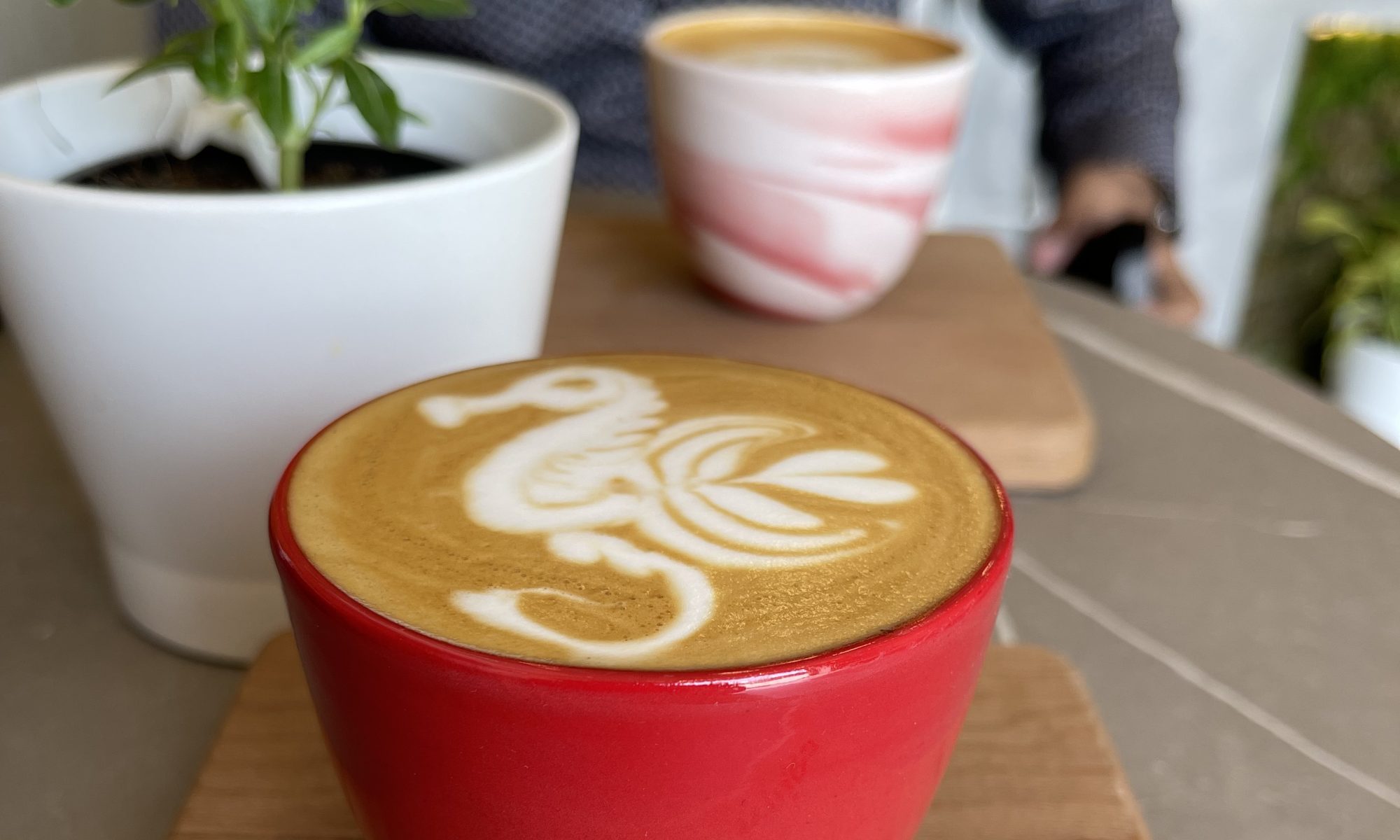
When we usually talk about quality, we try and add the term, “consistency” – why? because we prefer to experience things in a consistent manner. We want to know that if we go to our favourite restaurant and order our favourite meal, that the experience is always great, replicate of the last time we went there or ate there or even better – the ideal. So, our favourite “thing” is born of consistency – not letting us down – always the same quality or even better – something we can rely on.
And so, after that lecture on consistency, what’s this post about ? Beans in short. If you study carefully the picture of of the coffee beans at the top if the post, you’ll notice something peculiar – not all the coffee beans have the same type of shade of coffee brown – some are lighter than others and hence there is some inconsistency. This usually means one thing – the coffee has not been roasted with care, paying attention to two things – origin of coffee, whereby coffee from different farms have been added into the roast, with lack of attention to variety and also roast profile. On the farm, different coffees need different exposure to heat when they are roasted, even from the same farm. On the roast profile, if the beans have not been sorted and tested properly, usually in a sample roaster, then when you roast them for distribution or for commercial purposes, you’ll get what I got. This means that in summary the coffees roasted above have not been roasted properly or to their maximum potential.
For further proof, look at the picture below during the brewing process.

You can even see the inconsistency with different shades of brown.
On the origin of the beans – these came from Ethiopia, roasted by a well known roasting company and cafe there. When it was given to me, I was bit sceptical. Nevertheless I prepared it and shared it with my colleagues. The first most prominent comment came from the person who gave them to me “I was expecting more – it didn’t taste as nice as the ones you usually give me” He was right in a nutshell. But to add more, it wasn’t as flavourful – it didn’t delight the taste buds and it wasn’t “consistent” in the mouth, leaving that lasting flavour in your mouth. Another colleague, with a trained palate from wine tasting, termed it a robust roast with plums and low acidity. I have to confess, that the second time I brewed it, more colleagues had warmed to it and it tasted better. By better what do I mean, let me qualify that statement – I mean, “easier to drink with a bold, robust flavour, a very “pick me up” coffee for the morning, good in the morning with milk”. Furthermore, this type of coffee can only be brewed the robust way – French press or filter – any other way will “expose” its frailties and probably render it “undrinkable”. Do I sound harsh ? a little bit, but I have more to add.
Why am I sceptical about the roaster ? Because I know that’s where the final skill lays. So, I rarely buy coffee roasted in Africa from a shop or airport, just like I never buy coffee from a supermarket in Europe or anywhere else. It’s not that I am prejudice, it’s just that for something I hold so dear, I need to know as much as possible before I commit to it – sure I can be adventurous – ask my wife, but when it comes to food and coffee, I’m constantly searching for consistency in quality. Nevertheless to finish off on a positive note, this coffee brewed adhering to strict principles of temperature, water quality and weight was kind off rescued to give a drinkable cup.
If any coffee roasters are reading this and want to add anything or even better, want to write a special guest article on this subject, please contact me.
